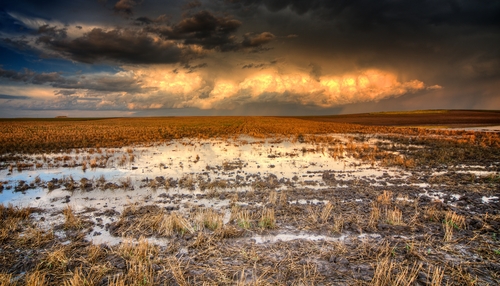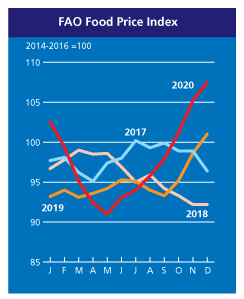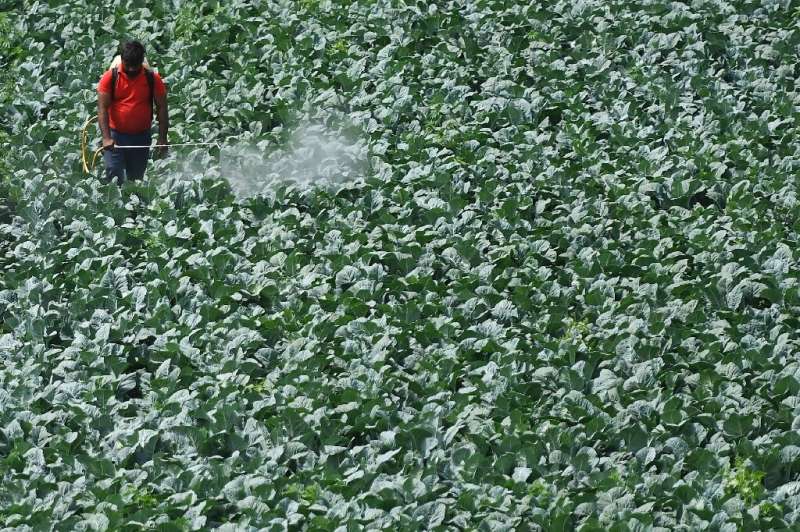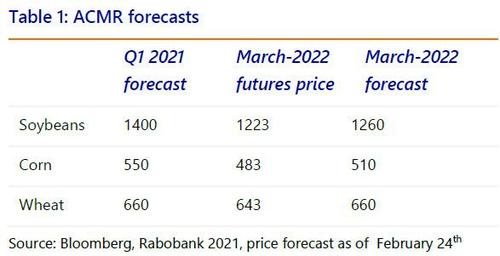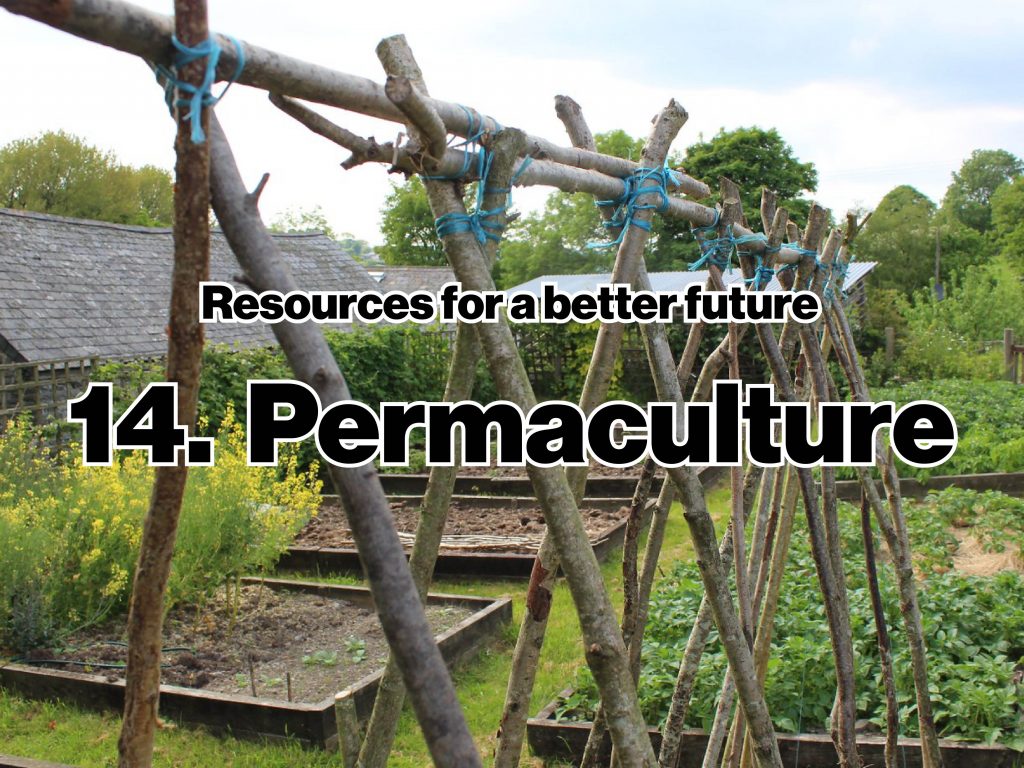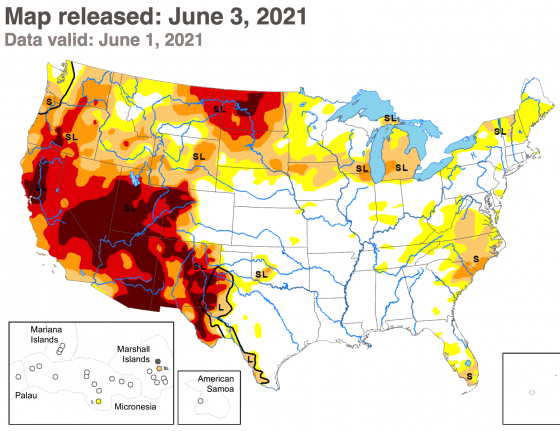 In my entire lifetime, this is the worst that drought conditions have ever been in the western half of the country. During the past 20 years, the amount of territory in the West considered to be suffering from exceptional drought has never gone higher than 11 percent until now. Today, that number is sitting at 27 percent. The term “mega-drought” is being thrown around a lot these days to describe what is happening, but this isn’t just a drought. This is a true national emergency, and it is really starting to affect our food supply.
In my entire lifetime, this is the worst that drought conditions have ever been in the western half of the country. During the past 20 years, the amount of territory in the West considered to be suffering from exceptional drought has never gone higher than 11 percent until now. Today, that number is sitting at 27 percent. The term “mega-drought” is being thrown around a lot these days to describe what is happening, but this isn’t just a drought. This is a true national emergency, and it is really starting to affect our food supply.
Just look at what is happening up in North Dakota. The vast majority of the state is either in the worst level of drought or the second worst level of drought, and ranchers are auctioning off their cattle by the thousands…
“Normally this time of the year, we’re probably looking at 400-600 head and a lot of times would be every other week,” said former auctioneer Ron Torgerson.
On Sunday and Monday, more than 4,200 head of cattle were sold at Rugby Livestock and Auction.
Needless to say, ranchers in North Dakota don’t want to get rid of their cattle, but the drought has pushed prices for hay and corn so high that many of them simply have no choice.
One of those that has already been forced to sell a large number of cattle is rancher David Bohl…
As the drought continues, the price of hay and corn has gone way up. It’s more expensive for ranchers to try and supplement feed than it is to sell the cattle.
Bohl has already sold 200 of his head in the last month.
…click on the above link to read the rest of the article…





 Hi Everyone,
Hi Everyone,
